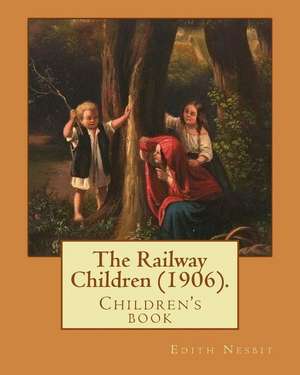The Railway Children (1906). by
Autor Edith Nesbiten Limba Engleză Paperback
Preț: 65.17 lei
Nou
Puncte Express: 98
Preț estimativ în valută:
12.47€ • 13.54$ • 10.48£
12.47€ • 13.54$ • 10.48£
Carte tipărită la comandă
Livrare economică 22 aprilie-06 mai
Preluare comenzi: 021 569.72.76
Specificații
ISBN-13: 9781543090901
ISBN-10: 1543090907
Pagini: 114
Dimensiuni: 203 x 254 x 6 mm
Greutate: 0.24 kg
ISBN-10: 1543090907
Pagini: 114
Dimensiuni: 203 x 254 x 6 mm
Greutate: 0.24 kg
